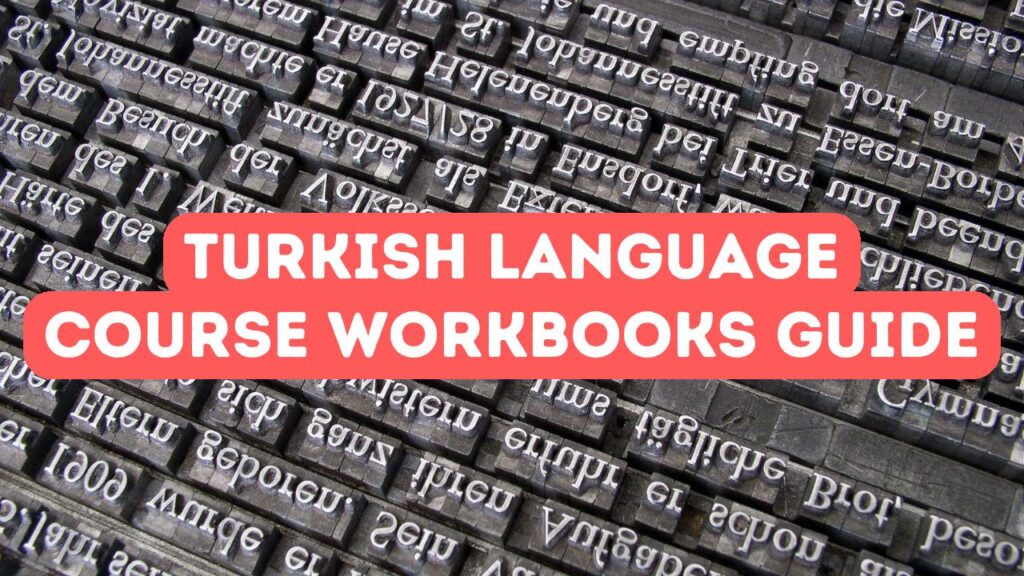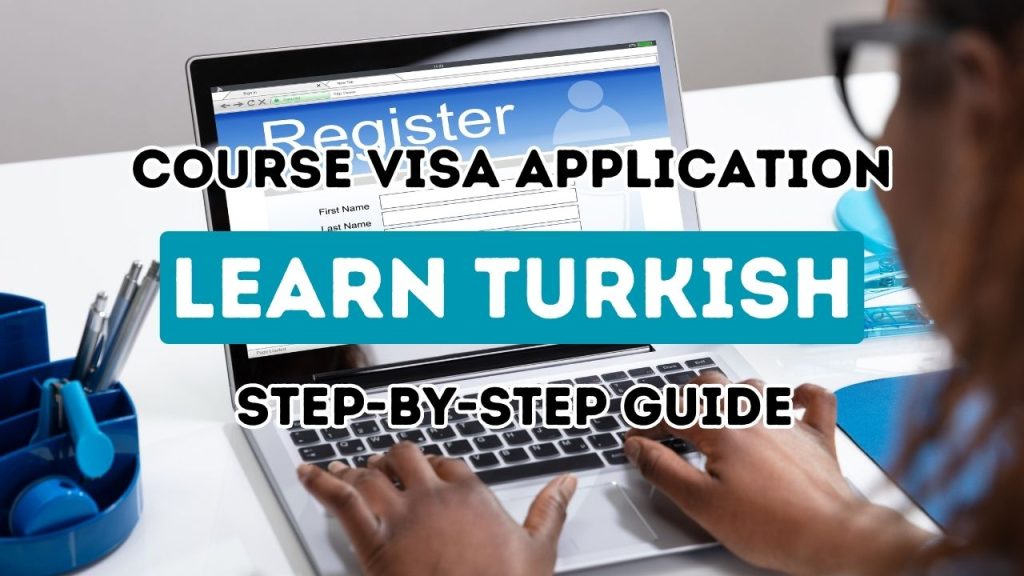Embarking on the journey to learn Turkish can be a rewarding experience, offering insights into a rich cultural heritage and opening doors to numerous opportunities. At Turkish Council, we understand the importance of having the right resources to support your language learning process. This is why we’ve compiled an expert guide to Turkish language course workbooks designed to enhance your learning experience. Whether you’re a beginner eager to grasp the basics or an advanced learner looking to refine your skills, our guide provides a comprehensive overview of the most effective workbooks tailored to meet your specific needs. Join us as we explore the essential tools that will set you on the path to fluency and proficiency in Turkish.
Choosing the Right Workbook for Your Turkish Language Proficiency
Choosing the right workbook for your Turkish language proficiency is crucial to ensure effective learning and retention. At Turkish Council, we recommend starting with level-appropriate materials that match your current proficiency. For beginners, workbooks focusing on fundamental vocabulary, basic grammar rules, and simple conversational phrases are essential. As you advance, selecting specialized workbooks that delve deeper into complex sentence structures, idiomatic expressions, and thematic vocabulary will help you reach an intermediate or advanced level. By aligning your learning materials with your current skills, you can achieve a more structured and progressive mastery of the Turkish language.
Another important factor to consider is the layout and design of the workbook. Opt for workbooks that are visually engaging and well-organized, with clear instructions and ample practice exercises. These features are particularly helpful in retaining learners’ interest and ensuring that the material is easily digestible. Additionally, workbooks that incorporate a variety of learning activities, such as listening exercises, interactive tasks, and cultural notes, can provide a more holistic approach to language acquisition. This multifaceted strategy not only makes learning more enjoyable but also helps solidify your understanding of the Turkish language in different contexts.
Furthermore, it’s beneficial to select workbooks that offer supplementary resources, such as audio files, online practice portals, and mobile apps. These additional tools can significantly enhance your learning experience by providing opportunities to practice listening and speaking skills, test your knowledge through interactive quizzes, and access learning materials on-the-go. At Turkish Council, we highly recommend workbooks that come with these extras to ensure a well-rounded approach to mastering Turkish. Utilizing a combination of traditional and digital resources can keep your learning dynamic and adaptable to your lifestyle, ultimately accelerating your journey towards fluency.
How Workbook Exercises Enhance Turkish Language Learning
Workbook exercises play a crucial role in enhancing Turkish language learning by reinforcing the material covered in lessons and helping learners to actively apply their knowledge. By engaging with exercises that range from vocabulary drills to complex grammar applications, students solidify their understanding of key concepts and progressively build confidence in using the language. These structured activities provide consistent practice, which is essential for developing linguistic accuracy and fluency. Furthermore, workbooks often include cultural notes and contextual examples, enriching the learning experience and offering deeper insights into Turkish customs and daily life.
In addition to reinforcing knowledge, workbook exercises also foster independent learning and critical thinking. By working through problem-solving tasks and real-life scenarios, students not only memorize vocabulary and grammar but also learn to think in Turkish, enhancing their ability to use the language more naturally in conversations. This autonomy in learning encourages students to take initiative and become more proactive in identifying areas where they need improvement. Workbooks also provide immediate feedback through answer keys or guided solutions, allowing learners to assess their progress regularly and make necessary adjustments. This iterative process of practice and evaluation ensures steady improvement and confidence in language usage.
Moreover, workbook exercises facilitate personalized learning experiences, catering to the varied needs of learners at different proficiency levels. These resources allow students to work at their own pace, giving them the flexibility to focus on areas that require more attention or skip what they already master. By accommodating diverse learning styles—whether visual, auditory, or kinesthetic—workbooks enable each student to engage with the material in the most effective way for them. Furthermore, the adaptive nature of modern workbooks, whether digital or print, offers interactive elements such as audio clips and quizzes that can enhance comprehension and retention. By integrating these dynamic exercises into their study routine, students can create a more holistic and enjoyable language learning experience, ultimately making their journey toward Turkish fluency a more attainable and enriching endeavor.
Effective Strategies for Maximizing Your Workbook Use
Efficiency and consistency are key when it comes to making the most out of your Turkish language workbook. Establish a dedicated study routine that incorporates frequent, focused sessions rather than sporadic, lengthy ones. This approach not only makes the learning process less overwhelming but also helps with better retention of new vocabulary and grammar. Additionally, engage actively with the content by practicing writing, speaking, and listening exercises provided in the workbook. This multifaceted approach ensures a comprehensive understanding of the language and paves the way for quicker mastery.
To further maximize your workbook use, it’s crucial to supplement your studies with real-life practice. Pair the exercises in the workbook with immersive activities such as conversing with native speakers, watching Turkish films or TV shows, and listening to Turkish music or podcasts. These activities not only reinforce the material you’re studying but also enhance your listening and speaking skills through contextual learning. Additionally, consider joining study groups or language exchange communities where you can share insights and gain different perspectives. By bridging the gap between workbook exercises and real-world usage, you create a dynamic learning environment that accelerates your progress and boosts your confidence in using Turkish in everyday scenarios.
Furthermore, it’s essential to regularly review and assess your progress to ensure you’re on the right track. Make use of the self-assessment tools and exercises provided in your workbook to identify areas that need improvement. Keeping a language journal can also be a valuable practice; jot down new words, phrases, and grammar rules you’ve learned, and review them frequently. Additionally, setting short-term and long-term goals can provide clear milestones to strive for, making your language learning journey more structured and motivating. Remember, consistency and persistence are crucial, and by regularly evaluating your progress, you maintain a proactive approach that continuously builds upon your language skills, leading you closer to fluency in Turkish.





